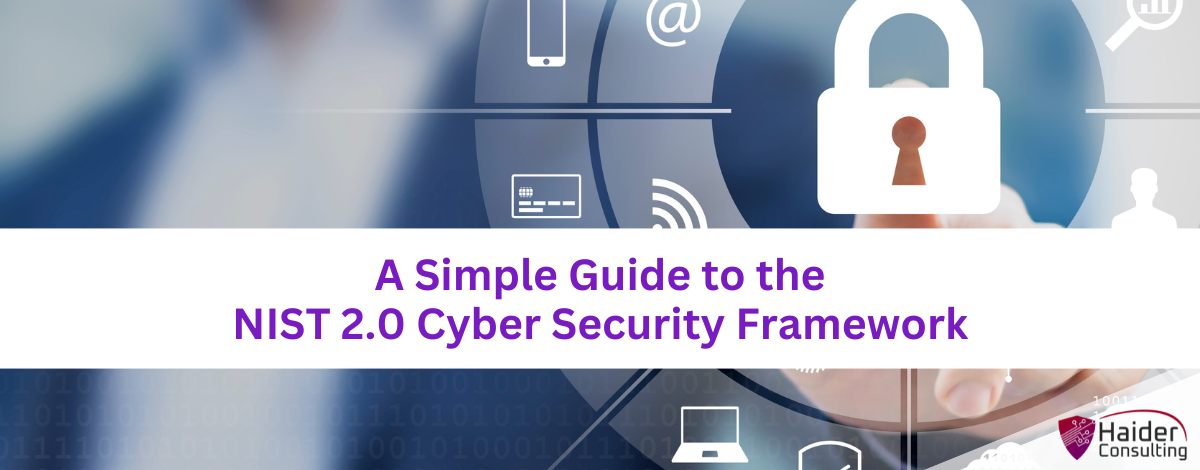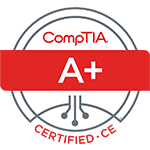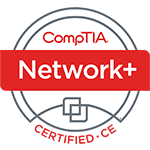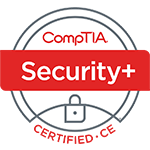Keeping ahead of threats is tough for any organization. Reports show that global security incidents jumped by 69.8% between February and March of 2024. That’s a significant leap, and only highlights how important a structured cybersecurity approach is crucial to protect your organization.
The National Institute of Standards and Technology (NIST) developed the Cybersecurity Framework (CSF) to provide a flexible approach to security that works for all industries. In 2024, they updated this framework to CSF 2.0.
CSF 2.0 is a significant improvement over the original. It simplifies and streamlines cybersecurity, making it more adaptable for businesses of all sizes. This guide aims to make the framework easier for everyone to understand and use.
Understanding the Core of NIST CSF 2.0
The NIST CSF 2.0 centers around a structure known as the Core, which includes five key functions: Identify, Protect, Detect, Respond, and Recover. These functions offer a broad, strategic perspective on managing cybersecurity risks and how an organization responds to those risks, providing a flexible way to handle threats as they arise.
Below are the five Core Functions detailed in NIST CSF 2.0.
1. Identify
This step is about recognizing what your organization has that could be at risk, like important data or systems, and understanding where it might be vulnerable. It’s crucial to know what you need to protect before you can effectively secure it.
2. Protect
This step involves setting up defenses to prevent, detect, and minimize security threats. This includes using tools like firewalls, intrusion detection systems, and encrypting your data to enhance security.
3. Detect
It’s crucial to catch cybersecurity issues early to reduce harm. The detect function highlights the need to have tools that can notice and report suspicious activities quickly.
4. Respond
This function details what to do if a cybersecurity incident happens. It covers how to control the situation, get rid of the problem, fix any damage, and learn from the event to improve future responses.
5. Recover
This function is about getting back to normal after a cybersecurity issue. It involves steps like bringing back lost data, fixing affected systems, and planning how to keep the business running smoothly during recovery.
Profiles and Tiers: Customizing the Framework
The updated framework introduces Profiles and Tiers to help organizations customize their cybersecurity to fit their unique needs, risk levels, and resources.
Profiles
Profiles help match the core functions of the framework—like Identify, Protect, Detect, Respond, and Recover—with an organization’s specific business needs, risk acceptance, and available resources.
Tiers
Tiers describe an organization’s approach to managing cybersecurity risk and the processes they have in place. These levels range from Partial (Tier 1) to Adaptive (Tier 4), indicating the maturity and sophistication of the cybersecurity program.
Benefits of Using NIST CSF 2.0
Adopting NIST CSF 2.0 offers several advantages:
- Stronger Cybersecurity: Following this framework helps organizations build a stronger and more comprehensive cybersecurity strategy.
- Lower Risk of Cyberattacks: It guides organizations in identifying and addressing cybersecurity risks, decreasing the chance of attacks.
- Better Compliance: CSF 2.0 aligns with various industry standards and regulations, aiding organizations in meeting compliance requirements.
- Enhanced Communication: The framework introduces a universal language for discussing cybersecurity risks, improving communication within an organization.
- Cost Efficiency: By preventing cyberattacks and minimizing the effects of incidents, CSF 2.0 can help organizations save money.
Getting Started with NIST CSF 2.0
If you’re interested in implementing NIST CSF 2.0, here are some steps to help you get started:
- Learn About the Framework: Spend time reading the NIST CSF 2.0 documentation. Get familiar with its Core Functions and categories.
- Evaluate Your Current Security: Perform an evaluation of your current cybersecurity measures. This will help you spot any shortcomings or areas needing improvement.
- Create a Cybersecurity Plan: Based on your evaluation, develop a plan that outlines how you’ll apply the NIST CSF 2.0 framework in your organization.
- Get Professional Guidance: If you need assistance starting with NIST CSF 2.0, consider partnering with a managed IT service provider for expert advice and support.
By taking these steps, you can successfully implement NIST CSF 2.0 and enhance your organization’s cybersecurity.
Schedule a Cybersecurity Assessment Today
The NIST CSF 2.0 is an excellent resource for any organization looking to strengthen its cybersecurity. By following the framework’s guidelines, you can create a more robust and effective security program.
Interested in boosting your organization’s cyber defenses? Starting with NIST CSF 2.0 is a smart move. We can assist by conducting a cybersecurity assessment. This will pinpoint the assets and areas of your network that need protection. We’ll also help you develop a plan that fits your budget.
Reach out to us today to schedule your cybersecurity assessment.
Book My 17-Minute Call





